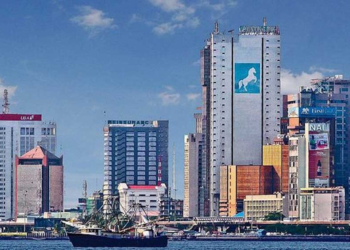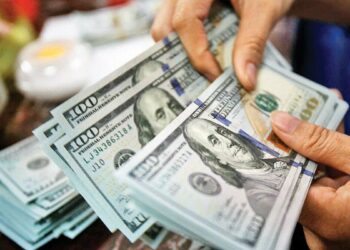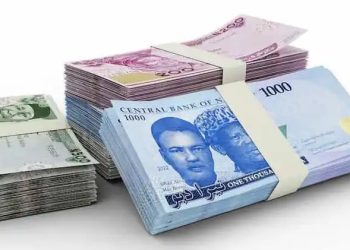In a promising development, the Nigerian naira continued its upward trajectory, marking its highest level against the dollar since its devaluation in January. The currency extended its gains for the fourth consecutive week, reaching N1,245 per dollar amidst growing confidence in its stability.
Data from the Nigerian Autonomous Foreign Exchange Market (NAFEM) revealed that the local currency closed the week at ₦1,251.05/$1, representing a notable uptick against the US dollar at the official window.
Under the leadership of Governor Olayemi Cardoso, the Central Bank of Nigeria (CBN) has implemented various policies aimed at bolstering local dollar liquidity and fortifying the naira’s position.
Despite earlier predictions of further depreciation by the Economist Intelligence Unit (EIU), the naira has defied expectations. The EIU had forecasted the Nigerian currency to stabilize at approximately N2,000 per US dollar by the end of the year.
However, current market fundamentals and price movements indicate significant resistance for the Nigerian naira, particularly as the US dollar strengthens. The naira hovers near a critical support level of N1200/$.
The CBN’s hawkish stance has been instrumental in stabilizing the currency. The central bank recently cleared all verified foreign exchange backlogs, part of its efforts to curb inflation. Additionally, the CBN raised the benchmark interest rate to 24.75 percent in response to rising inflation, contributing to overall stability.
On the global front, robust economic data from the United States has buoyed the dollar. Following better-than-expected nonfarm payrolls report for March, the dollar index saw modest gains in London trade. Expectations of an interest rate cut by the Federal Reserve have waned, with markets now predicting a hold on rates.
Looking ahead, Nigeria’s economic outlook remains tied to oil revenue, with the 2024 federal budget heavily reliant on it. Market watchers await OPEC’s next reading for insights into oil production, especially considering the recent dip in output due to lower exports from Nigeria and Iraq, alongside voluntary supply restrictions.
OPEC’s March production averaged 26.42 million barrels per day, a slight decrease from February, underscoring the importance of oil market dynamics in shaping Nigeria’s economic landscape.










